I have a function that has a vector in the numerator and the sum of the vector in the denominator. So each component is one component of the vector divided by a function that depends on the sum of the components. I want to plot a curve representing the function in the first component holding fixed the other components. Why doesn't this code work?
y <- vector(length=2)
y0 <- c(1,2)
f <- function(y) y/(1+sum(y))
g <- function(x) f(c(x,y0[2]))[1]
curve(g, 0, 2)
Both f and g evaluate as expected at numerical values, but the curve function gives the error:
Error in curve(g, 0, 2) :
'expr' did not evaluate to an object of length 'n'
I tried Vectorizing g with no success. Appreciate any help.
